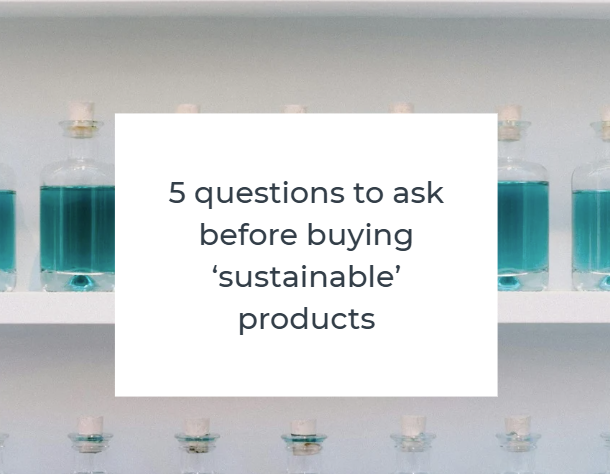What you Need to Know about Microplastics

Why are we so adamant about being plastic free here at EarthSuds? Because plastic is not biodegradable and 90% of plastic is not recyclable or recycled. We are quickly seeing its effects on a global scale in our oceans and landfills, but also on a micro level... in our own bodies.
What are Microplastics?
Microplastics are broken down from larger plastic items, and are typically smaller than 5mm. Plastic is fragmentated into microscopic pieces due to degradation over time (UV radiation, abrasion, chemical processes).
Where do Microplastics end up in humans?
While scientists are still researching direct evidence of microplastics impacting humans, we know that microplastics are accumulating within human bodies, particularly in the intestines. In scarier news, microplastics have been found in blood samples and even in human breast milk!
How do Microplastics impact humans?
What's most dangerous about microplastics is that they can absorb toxic chemicals before entering the human body. Microplastics are often contaminated by their surrounding environment (with heavy metals or pollutants) and upon leeching into the human body, they may disrupt and hurt normal cellular functions.
How do we avoid Microplastics?
To minimize microplastic exposure, we must reduce single-use plastics. Single-use plastics are the leading source of microplastics. Plastic-free alternatives are essential to stopping microplastics!
Ultimately, it's up to us to protect our bodies and our health. Businesses and government regulations need to push for a faster transition away from single use plastic. Join us at EarthSuds in taking those first steps!






